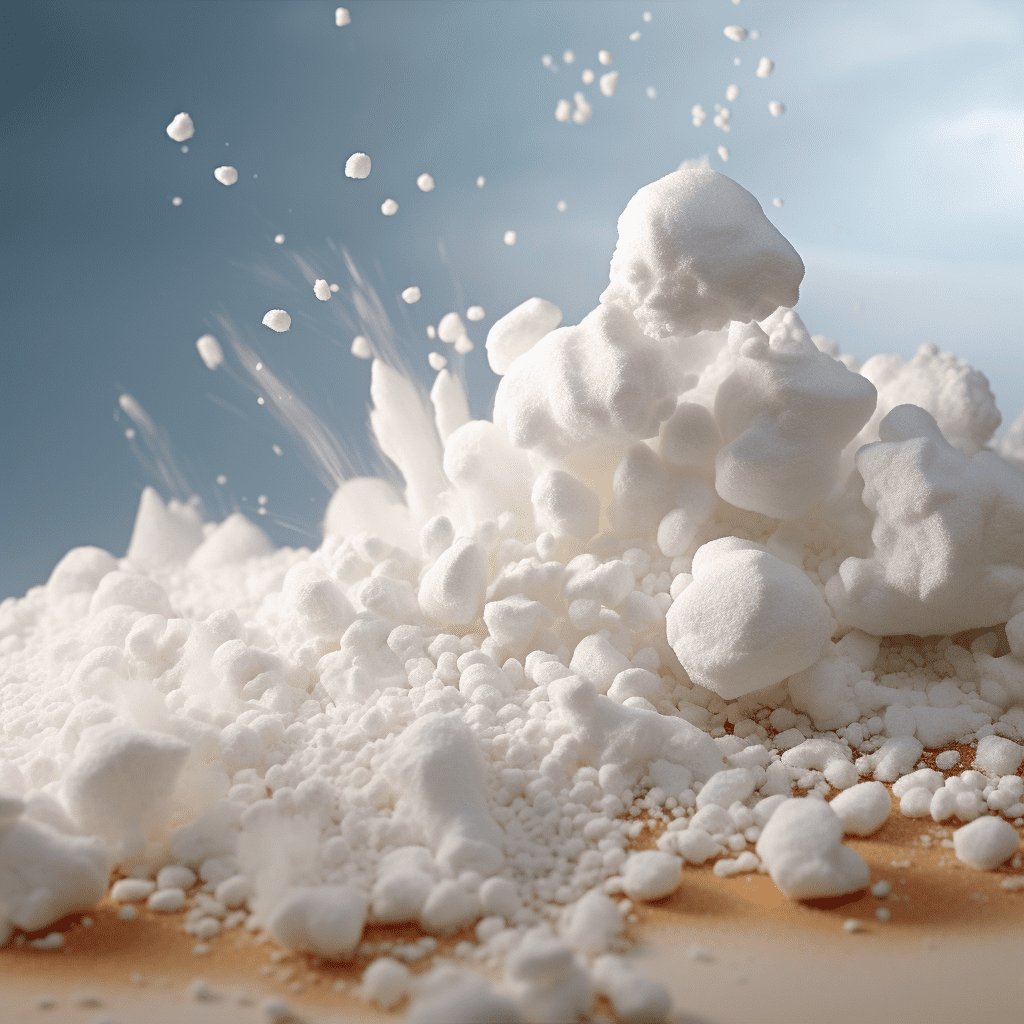High Purity Alumina (HPA) and sapphire crystals are pivotal in revolutionizing LED production, providing essential materials that enhance performance, efficiency, and sustainability. As demand for energy-efficient lighting solutions grows, understanding the role of these materials becomes increasingly important for manufacturers aiming to meet market needs.
What is High Purity Alumina (HPA) and why is it important?
High Purity Alumina (HPA) is a specialized form of aluminum oxide (Al₂O₃) with a purity level exceeding 99.99%. It serves as a crucial substrate for sapphire crystals used in LED manufacturing. The importance of HPA lies in its ability to produce high-quality sapphire, which is essential for efficient light emission in LEDs. The production process involves careful control of purity to avoid defects that can compromise LED performance.
Chart: Comparison of HPA Purity Levels
| Purity Level | Chemical Composition | Typical Applications |
|---|---|---|
| 4N | 99.99% | LEDs, ceramics |
| 5N | 99.999% | Optics, specialized electronics |
| 6N | 99.9999% | Advanced semiconductor applications |
How do sapphire crystals contribute to LED production?
Sapphire crystals are integral to LED production due to their exceptional properties:
- High Thermal Conductivity: Sapphire effectively dissipates heat generated during operation, ensuring LEDs maintain optimal performance.
- Electrical Insulation: Its insulating properties prevent electrical short circuits, enhancing the reliability of LED devices.
- Optical Clarity: The transparency of sapphire allows maximum light emission from the LED, improving overall brightness and efficiency.
These characteristics make sapphire an ideal substrate material for high-performance LEDs.
Why is the purity of HPA critical for LED efficiency?
The purity of HPA directly influences the quality of the resulting sapphire crystals. Even minute impurities can lead to defects such as Low Angle Grain Boundaries (LAGBs), which negatively affect adhesion and structural integrity within the LED layers. Maintaining high purity levels ensures fewer defects, resulting in better light output, efficiency, and longevity of the LEDs.
Chart: Impact of Impurities on Sapphire Quality
| Impurity Type | Effect on Sapphire Quality |
|---|---|
| Iron | Reduces optical clarity, affecting light emission |
| Silicon | Alters thermal conductivity |
| Other Metals | Induces structural defects |
What are the environmental impacts associated with HPA production?
The production of High Purity Alumina has significant environmental implications:
- Carbon Footprint: Traditional methods of producing HPA can be energy-intensive, contributing to greenhouse gas emissions.
- Resource Utilization: The mining processes required to obtain raw materials can lead to habitat destruction and resource depletion.
- Sustainable Practices: Companies like Advanced Energy Minerals are pioneering low-emission production methods using renewable energy sources, significantly reducing their carbon footprint.
Adopting sustainable practices is essential for minimizing environmental impact while meeting growing demand.
How does thermal management enhance LED performance?
Effective thermal management is crucial for maximizing the lifespan and efficiency of LEDs:
- Heat Dissipation: Sapphire substrates facilitate rapid heat dissipation, preventing overheating that can degrade performance.
- Operational Stability: Maintaining optimal operating temperatures enhances reliability and extends the lifespan of LEDs, often exceeding 30,000 hours.
- Energy Efficiency: By reducing thermal losses, well-managed thermal environments allow LEDs to operate at higher efficiencies.
These factors collectively contribute to improved performance metrics for lighting applications.
What future trends are expected in the HPA and LED markets?
Several trends are shaping the future landscape of HPA and LED technologies:
- Increased Demand for Energy-Efficient Lighting: As global energy consumption rises, there will be a continued push towards more efficient lighting solutions.
- Advancements in Miniaturization: The development of microLED technology requires even higher precision in materials like HPA.
- Sustainability Focus: A growing emphasis on environmentally friendly production methods will drive innovation in both HPA sourcing and processing.
These trends indicate a robust future for both HPA producers and LED manufacturers committed to sustainability.
Latest News
Recent developments highlight a surge in demand for High Purity Alumina as industries pivot towards sustainable practices in LED production. Companies are increasingly investing in low-emission technologies that utilize renewable energy sources to produce HPA, thereby reducing their environmental footprint. This shift not only supports global sustainability goals but also positions these companies favorably within a competitive market landscape.
Editor Comment
“The integration of High Purity Alumina into LED technology represents a significant step towards achieving sustainable lighting solutions,” says Dr. Amanda Lee, an expert in materials science. “As we advance towards more energy-efficient technologies, it’s crucial that we also prioritize environmentally responsible practices throughout the supply chain.”
FAQ Section
Q: What is High Purity Alumina (HPA)?
A: High Purity Alumina is a refined form of aluminum oxide with a purity level greater than 99.99%, essential for producing sapphire substrates used in LEDs.Q: Why are sapphire crystals important for LEDs?
A: Sapphire crystals provide high thermal conductivity, electrical insulation, and optical clarity, all critical for efficient LED operation.Q: How does impurity affect sapphire quality?
A: Impurities can introduce defects that compromise adhesion and structural integrity, leading to reduced light output and efficiency.Q: What steps are being taken to reduce the environmental impact of HPA production?
A: Companies are adopting low-emission technologies powered by renewable energy sources to minimize carbon footprints during production.



